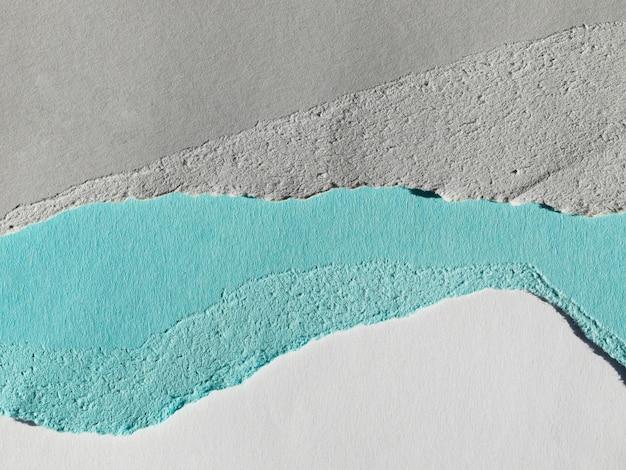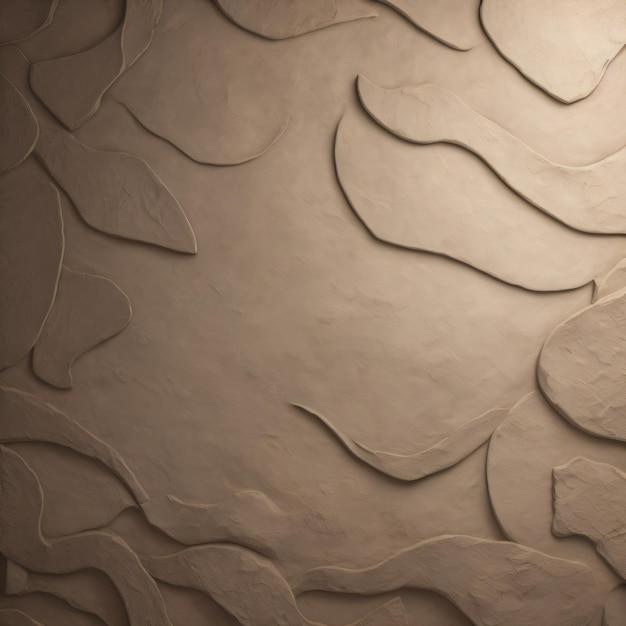Plaster of Paris is a versatile material commonly used for various craft projects and in the construction industry. It’s known for its ability to create detailed and intricate designs, making it a popular choice for decor and artistic endeavors. But what about painting plaster of Paris? Can you spray paint it? In this blog post, we’ll explore the possibilities and considerations when it comes to painting this unique material.
When it comes to painting plaster of Paris, the answer is a resounding yes – you can definitely spray paint it! However, there are some important factors to keep in mind to ensure a successful and long-lasting finish. From preparing the plaster surface to choosing the right type of paint and sealer, we’ll cover all the necessary steps to help you achieve the desired results. So if you’re itching to give your plaster of Paris project a fresh new look, keep reading to learn all the tips and tricks.
In this comprehensive guide, we’ll address common questions like what kind of paint to use on plaster of Paris, how to prepare the surface before painting, and whether or not you need to seal it. We’ll also delve into the advantages and disadvantages of using plaster of Paris, as well as techniques to make it stronger and more durable. Whether you’re a seasoned DIY enthusiast or just starting out with plaster of Paris, this blog post will provide you with valuable insights and expert recommendations for a successful painting experience. So let’s roll up our sleeves and dive into the wonderful world of spray painting plaster of Paris!
Is it Possible to Spray Paint Plaster of Paris
If you’ve ever worked with plaster of Paris, you know it can be a versatile material for all sorts of crafts and projects. From creating intricate sculptures to making unique home decorations, plaster of Paris is a go-to choice for many DIY enthusiasts. But what about spray painting? Can you take a can of spray paint and transform your plaster of Paris creation into a colorful masterpiece? Let’s break it down and find out.
The Marvels of Spray Paint
Before we dive into the specifics of plaster of Paris, let’s take a moment to appreciate the wonders of spray paint. With just a few sprays, you can magically transform a dull and lifeless surface into a vibrant work of art. It’s like giving your creations a makeover with a can of pure awesomeness.
The Porous Nature of Plaster of Paris
Now, here’s where things get a little tricky. Plaster of Paris is a porous material, meaning it tends to absorb liquids rather than repel them. This absorbency is fantastic when you’re mixing and pouring the plaster to create your masterpiece, but it can present some challenges when it comes to spray painting.
Prime Time for Paint
To ensure that your spray paint adheres properly to plaster of Paris, it’s essential to prime the surface beforehand. Think of it as prepping your canvas before painting a masterpiece. By applying a coat of primer specifically designed for porous surfaces, you create a barrier that prevents the paint from getting absorbed too quickly. This will give you a smoother and more even finish.
Smooth Operator
Once you’ve primed your plaster of Paris creation, it’s time to break out the spray paint. However, keep in mind that spray painting may not achieve the same level of smoothness and evenness as it does on non-porous surfaces. The porous nature of plaster of Paris can result in a slightly textured finish, adding a unique charm to your artwork.
Play It Safe with Protective Gear
As with any spray painting project, it’s crucial to prioritize safety. Make sure you’re in a well-ventilated area or, even better, outdoors. Protect your lungs and eyes by wearing a respirator mask and safety goggles. And don’t forget to cover your surroundings with newspaper or a drop cloth to prevent any accidental paint splatters.
Patience, Grasshopper
As you embark on your spray painting journey with plaster of Paris, remember that patience is key. Applying thin and light coats of paint, allowing each coat to dry completely before moving on, will give you the best results. It might take a bit longer, but trust us, the end result will be worth it.
Let Your Creativity Shine
Now that you know the ins and outs of spray painting plaster of Paris, it’s time to unleash your creative spirit. Experiment with different colors, techniques, and finishes to make your creations truly one-of-a-kind. Whether you’re decorating your home or giving a handmade gift to a loved one, spray painting plaster of Paris gives you the freedom to let your personality shine.
So, the next time you find yourself pondering whether or not you can spray paint plaster of Paris, remember that with a little bit of preparation and a touch of creative flair, the answer is a resounding yes! Grab your spray paint cans, pick up that plaster of Paris creation, and let the transformation begin.
FAQ: Can You Spray Paint Plaster Of Paris
Welcome to our FAQ-style guide on spray painting plaster of Paris! We’ve gathered the most common questions regarding this topic and answered them for you. So, grab your paint cans and let’s dive in!
Do You Paint Straight on Plaster
No, painting straight on plaster is not recommended. Plaster of Paris is a porous material, which means it can absorb paint and result in an uneven finish. To ensure a smooth and professional-looking outcome, it’s essential to prepare the surface properly.
What Kind of Paint Do You Use on Plaster
When it comes to painting plaster of Paris, it’s best to use water-based latex paint. Latex paint adheres well to plaster surfaces while providing durability and long-lasting color. Plus, it cleans up easily with soap and water, saving you from dreaded paintbrush cleaning sessions.
What Do You Put on Plaster Before Painting
Before painting plaster, it’s crucial to apply a primer to the surface. A primer acts as a sealant, ensuring better paint adhesion and a more even finish. Opt for a water-based primer specifically designed for plaster surfaces. This preparatory step will make your final paint job look flawless.
What Is the Best Sealer for Plaster of Paris
To protect and seal plaster of Paris, the best option is a water-based acrylic sealer. It forms a transparent barrier over the surface, safeguarding it from moisture and potential damage. This ensures the longevity of your painted plaster creation, whether it’s a decorative piece or a wall in your home.
How Can I Make Plaster of Paris Stronger
If you’re looking to strengthen your plaster of Paris project, consider mixing it with fibers or additives. For example, incorporating chopped fiberglass strands or polyvinyl acetate (PVA) glue into the mixture can enhance its overall strength and reduce the chance of cracks or breakage.
Do I Need to Seal Plaster of Paris Before Painting
Yes, it’s highly recommended to seal plaster of Paris before painting. Sealing the surface with a primer or sealer ensures the paint adheres properly, preventing potential flaking or peeling. It also helps create a smoother and more professional-looking finish, making your hard work shine.
How Do I Make Plaster of Paris Shiny
To achieve a glossy finish on your plaster of Paris masterpiece, you can use a clear gloss varnish or a high-gloss paint. Apply either of these with a brush, following the manufacturer’s instructions, and let it dry completely. The result will be a stunning, eye-catching shine that will impress all who gaze upon it.
Can You Spray Paint Plaster
Absolutely! Spray painting plaster of Paris can be a convenient and efficient way to achieve a smooth, even coat. Ensure the surface is properly prepared, apply a primer, and then embark on your spray paint adventure. Just remember to keep proper ventilation and wear a mask to avoid inhaling any paint particles.
Should I Prime Plaster Before Painting
Yes, priming plaster before painting is essential. It helps create an even base, allows the paint to adhere better, and reduces the chances of absorption and discoloration. Don’t skip this important step unless you’re striving for a rugged, unfinished look.
What Are the Disadvantages of Plaster of Paris
While plaster of Paris is a wonderful material for many purposes, it does have a few disadvantages. It can be brittle and prone to chipping or breaking if not handled carefully. Additionally, plaster of Paris is not suitable for outdoor use as it can degrade when exposed to moisture over time.
Does Plaster of Paris Break Easily
Plaster of Paris can be fairly delicate and prone to breakage if not treated with care. Avoid dropping or mishandling plaster objects, especially those with thin or intricate sections. If you take the necessary precautions, your plaster creations should stay intact and impress your friends and family for years to come.
Can You Mix Acrylic Paint with Plaster of Paris
While it is possible to mix acrylic paint with plaster of Paris, it’s generally not recommended. Acrylic paint can alter the plaster’s composition and make it less stable, potentially compromising its structural integrity. Stick to using acrylic paint as a topcoat instead of incorporating it into the plaster mixture itself.
How Do You Prepare Plaster of Paris for Painting
To prepare plaster of Paris for painting, begin by thoroughly cleaning the surface to remove any dirt or dust. Then, apply a coat of primer to seal the plaster. Once the primer is dry, you can proceed with painting, ensuring you use water-based latex paint for the best results.
Can Plaster of Paris Go Outside
No, plaster of Paris is not suitable for use outdoors. It is not weather-resistant and can deteriorate when exposed to moisture, leading to cracks, discoloration, or even disintegration. Plaster of Paris is best reserved for indoor projects where it can be properly protected.
How Soon Can I Paint Plaster of Paris
The drying time for plaster of Paris can vary depending on the thickness and humidity levels in your environment. As a general guideline, wait at least 24-48 hours for the plaster to fully dry before painting. Rushing this process may result in the paint not adhering properly or a less durable final product.
What Happens if You Paint Plaster Too Soon
If you paint plaster of Paris before it is completely dry, it can cause a myriad of issues. The moisture trapped beneath the paint can result in blistering, cracking, or a subpar finish. Patience is key when it comes to painting plaster, so give it adequate time to dry to prevent any painting mishaps.
That wraps up our FAQ section on spray painting plaster of Paris. Armed with this knowledge, you’ll be able to tackle your plaster projects with confidence and create stunning works of art or beautifully painted walls. Happy painting!

